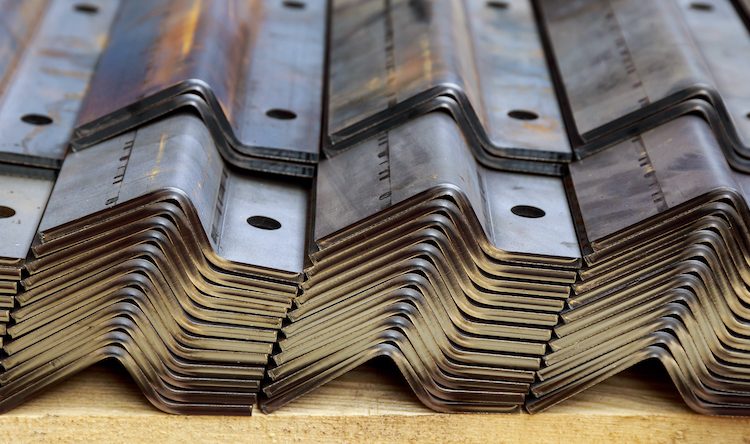
Types of Metal Processing Equipment And Their Uses
Metal processing equipment encompasses a wide range of machinery used in the manufacturing and fabrication of metal products. This article will delve into various types of metal processing equipment, including blanking lines, rolling mills, tube mills, levelers, pickle lines, slitting lines, cut-to-length lines, presses, edging lines, pipe straighteners, and more.
- Blanking Lines: Blanking lines are used to cut flat metal sheets into specific shapes or blanks. These lines typically consist of a decoiler for unwinding the metal coil, a straightener to flatten the material, a feeder to position the metal accurately, and a blanking press to cut the desired shapes. Blanking lines are commonly used in industries such as automotive, appliance manufacturing, and metal stamping.
- Rolling Mills: Rolling mills are essential equipment in metal processing for shaping and reducing the thickness of metal sheets or strips. These mills consist of a series of rollers that exert pressure on the metal, causing it to pass through and undergo plastic deformation. Rolling mills are used in the production of various metal products, including sheets, plates, bars, and rails.
- Tube Mills: Tube mills, also known as pipe mills, are used to produce seamless or welded metal tubes or pipes. These mills use a series of rollers to gradually shape the metal strip into a tubular form. The edges are then welded together to create a continuous tube. Tube mills are widely employed in industries such as construction, automotive, and oil and gas for the production of pipes and tubes of various sizes and shapes.
- Levelers: Levelers are machines used to flatten and level metal sheets or coils. They consist of a set of rollers or leveling heads that apply pressure to the metal to remove any curvature or irregularities. Levelers are commonly used in metal fabrication processes where flat and even surfaces are required, such as in the manufacturing of automotive body panels, appliances, and metal furniture.
- Pickle Lines: Pickle lines are used for surface treatment and cleaning of metal coils before further processing. The metal coils are passed through a series of tanks containing acidic solutions, such as sulfuric acid, to remove scales, rust, and other impurities. Pickle lines play a crucial role in preparing the metal surface for subsequent processes like rolling, coating, and painting.
- Slitting Lines: Slitting lines are used to slit wide metal coils into narrower strips of specific widths. These lines consist of a decoiler, a slitter head with circular knives or blades, and a recoiler to wind the slit strips into individual coils. Slitting lines are commonly used in industries like steel service centers, metal stamping, and packaging for the production of narrow strips used in various applications.
- Cut-to-Length Lines: Cut-to-length lines are used to cut metal coils into precise lengths or sheets. These lines typically consist of a decoiler, a straightener or leveler to flatten the metal, a measuring system to determine the desired length, and a flying shear to cut the material. Cut-to-length lines are widely used in industries like construction, roofing, and fabrication for producing metal sheets of specific dimensions.
- Presses: Presses are versatile machines used in metal processing for a wide range of operations, including punching, stamping, forming, and bending. These machines use mechanical or hydraulic force to shape the metal into desired configurations. Presses come in various types, such as mechanical presses, hydraulic presses, and servo-driven presses, and are widely used in industries like automotive, appliance manufacturing, and metal fabrication.
- Edging Lines: Edging lines are used to trim the edges of metal coils or strips to achieve precise widths and remove any irregularities. These lines typically consist of a decoiler, a leveler or straightener, and an edging unit with circular knives. Edging lines are commonly used in industries like steel service centers, where tight tolerances and accurate strip widths are required.
- Pipe Straighteners: Pipe straighteners are used to straighten metal pipes or tubes that have become bent or deformed during the manufacturing or handling process. These machines apply controlled pressure and bending forces to restore the pipes to their original straight shape. Pipe straighteners are commonly used in industries like oil and gas, construction, and automotive for ensuring the quality and integrity of metal pipes.
These are just a few examples of the diverse range of metal processing equipment available in the industry. Each type of equipment serves specific purposes and plays a vital role in shaping, cutting, forming, and finishing metal materials. By employing the appropriate equipment for specific metal processing requirements, manufacturers can achieve high-quality products with precise dimensions and desired characteristics.






